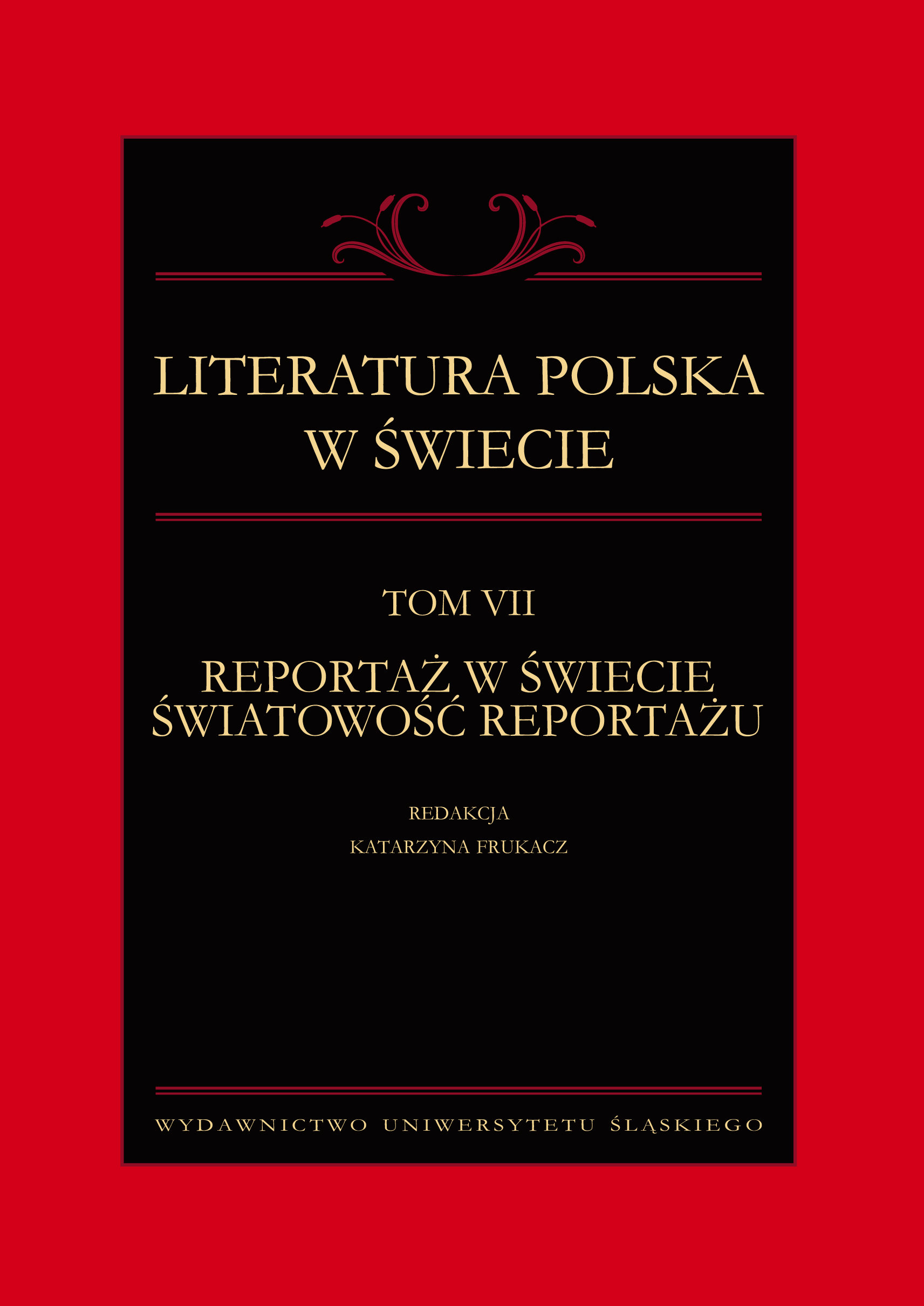POLSKI REPORTAŻ GONZO NA TLE HISTORII I TEORII PODGATUNKU
POLISH GONZO JOURNALISM AGAINST THE BACKGROUND OF ITS HISTORY AND THEORY OF THE SUBGENRE
Author(s): Andrzej Kaliszewski
Subject(s): Studies of Literature, Polish Literature
Published by: Wydawnictwo Uniwersytetu Śląskiego
Keywords: gonzo; reportage; New Journalism; Hunter S. Thompson; Ziemowit Szczerek; Wojciech Cejrowski; Jerzy Urban
Summary/Abstract: The journalistic style of gonzo originates from the trend called the New Journalism; created in the USA in the 1960s. Gonzo mainly refers to feature journalism written without any claim of objectivity; including the reporter creating facts; in a scandalous and provocative manner; disregard for ethics; as well as political correctness; making alcohol and other substances a “tool” for getting to know the world. The pioneers of gonzo include Hunter S. Thompson (Fear and Loathing in Las Vegas); Bill Cardoso; Tom Wolfe; Oscar Acosta and others. In Poland; Ziemowit Szczerek; the author of the controversial reportage trilogy: Przyjdzie Mordor i nas zje; czyli tajna historia Słowian [Mordor Will Come and Devour Us; or a Secret History of the Slavs]; Siódemka [Seven]; and Międzymorze [Between-Seas]; is considered to represent the gonzo style. The travel reports written by Wojciech Cejrowski are also seen to be a representation of gonzo. While analyzing the style of the two aforementioned writers; the author also included a subsection on Jerzy Urban; who was the first important contributor pursuing the gonzo style in Polish journalism.
Book: Literatura polska w świecie. T. 7: Reportaż w świecie światowość reportażu
- Page Range: 215-229
- Page Count: 15
- Publication Year: 2019
- Language: Polish
- Content File-PDF

